Weird dictionary -- they relate the words to "Tocharian", which if one is looking at where these are located, is indistinct whether they really mean Tocharian as in Afghan, or Tocharian as in the (misnamed but allowed to continue) original inhabitants of the Taklamakan, or Tocharian as in possibly the later inhabitants of the Taklamakan who were probably those who gave words to the Uyghurs, who later became the literati of the Mongol empire. My guess is the last, who are more properly called Saka (or in Roman terms, Eastern Scythians).She is so close to Khandaroha that these come up as the first two translations into Uighur and Mongolian.
Interesting set of metaphors. It isn't clear that the expansion forces are great enough to actually stretch the body itself in this model.So as a generic term, cakra vega is a right-angle, centrifugal, rotating, vibrating circle, compared to the male seed which is like a central axle or axis. Now for those of us with stretched-out minds, is it possible to see a kind of x-shaped, fourth dimensional tesseract version of this, yes, it is not just one's personal center, but like an expanding sponge or rising bread at every point, much as physics believes space itself expands at a rate determined by the Hubble constant.
That is not really a number but a ratio, and its speed for an area the size of one's body comes up to around a nanometer per lifetime. Slow, but unceasing.
I would guess this is about the chakra at the sex organs? My own perception of it is that it is very complex, I suppose 4 dimensions might make it simpler. Have you heard of the Menger Sponge?
- Home
- Forum
- Chat
- Donate
- What's New?
-
Site Links

-
Avalon Library

-
External Sites

- Solari Report | Catherine Austin Fitts
- The Wall Will Fall | Vanessa Beeley
- Unsafe Space | Keri Smith
- Giza Death Star | Joseph P. Farrell
- The Last American Vagabond
- Caitlin Johnstone
- John Pilger
- Voltaire Network
- Suspicious Observers
- Peak Prosperity | Chris Martenson
- Dark Journalist
- The Black Vault
- Global Research | Michael Chossudovsky
- Corbett Report
- Infowars
- Natural News
- Ice Age Farmer
- Dr. Joseph Mercola
- Childrens Health Defense
- Geoengineering Watch | Dane Wigington
- Truthstream Media
- Unlimited Hangout | Whitney Webb
- Wikileaks index
- Vaccine Impact
- Eva Bartlett (In Gaza blog)
- Scott Ritter
- Redacted (Natalie & Clayton Morris)
- Judging Freedom (Andrew Napolitano)
- Alexander Mercouris
- The Duran
- Simplicius The Thinker





 Reply With Quote
Reply With Quote

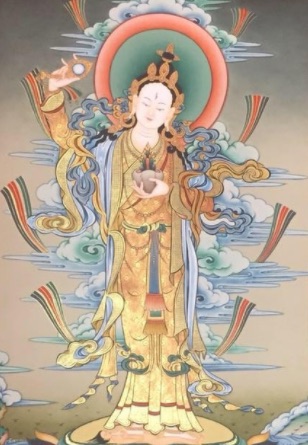
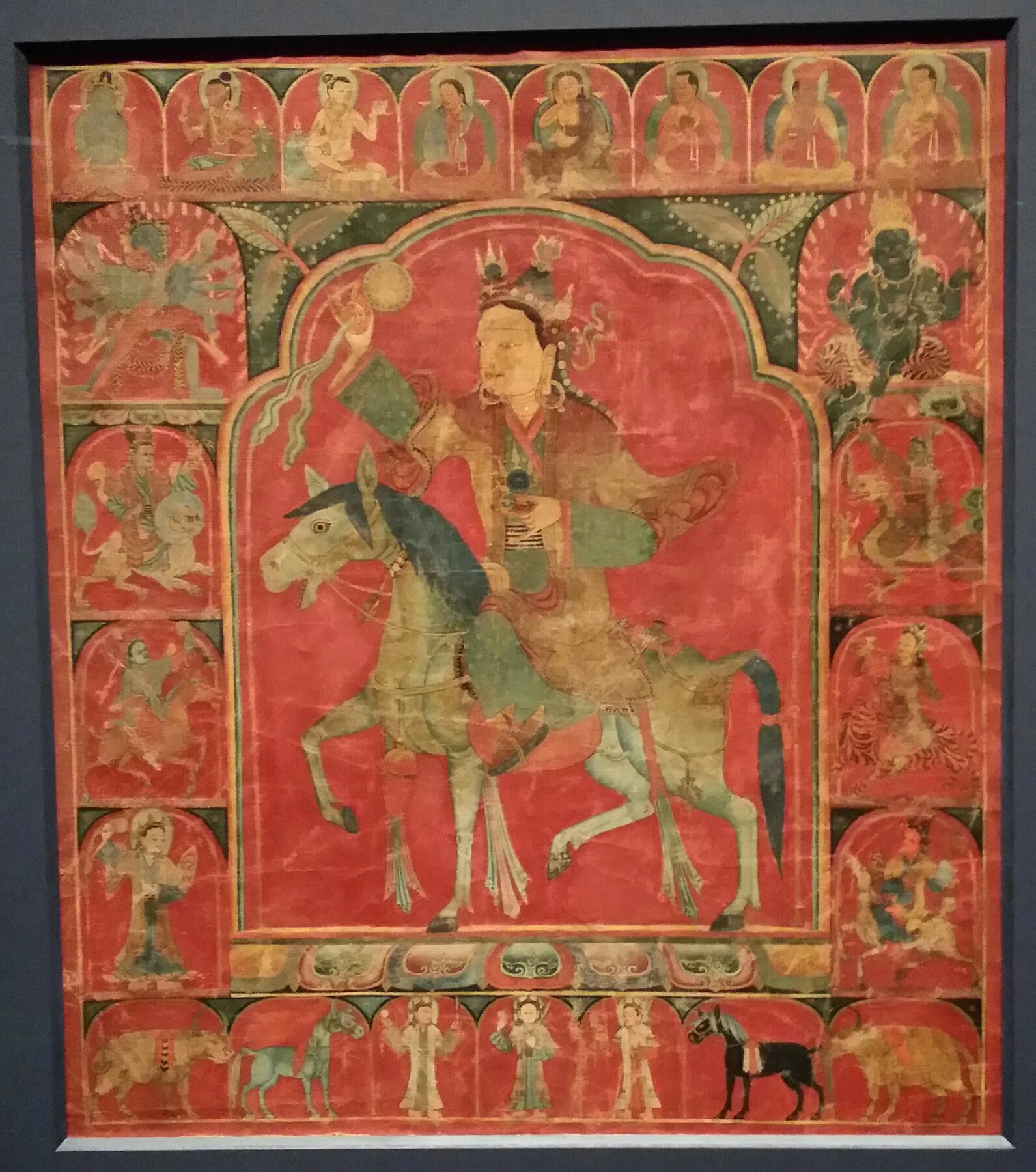

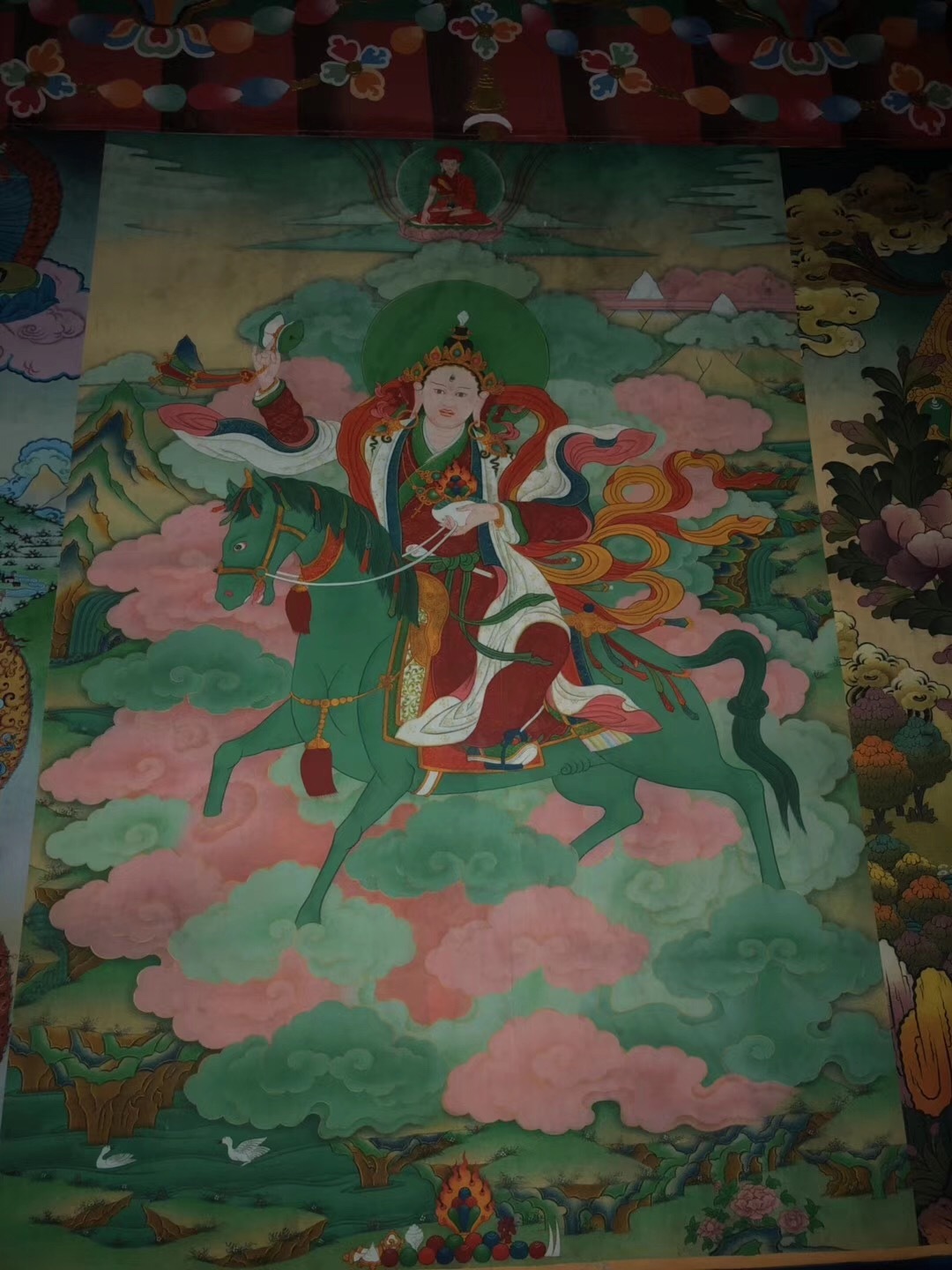
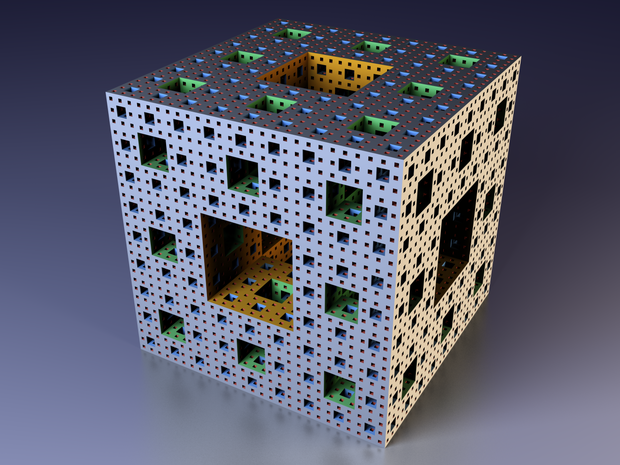
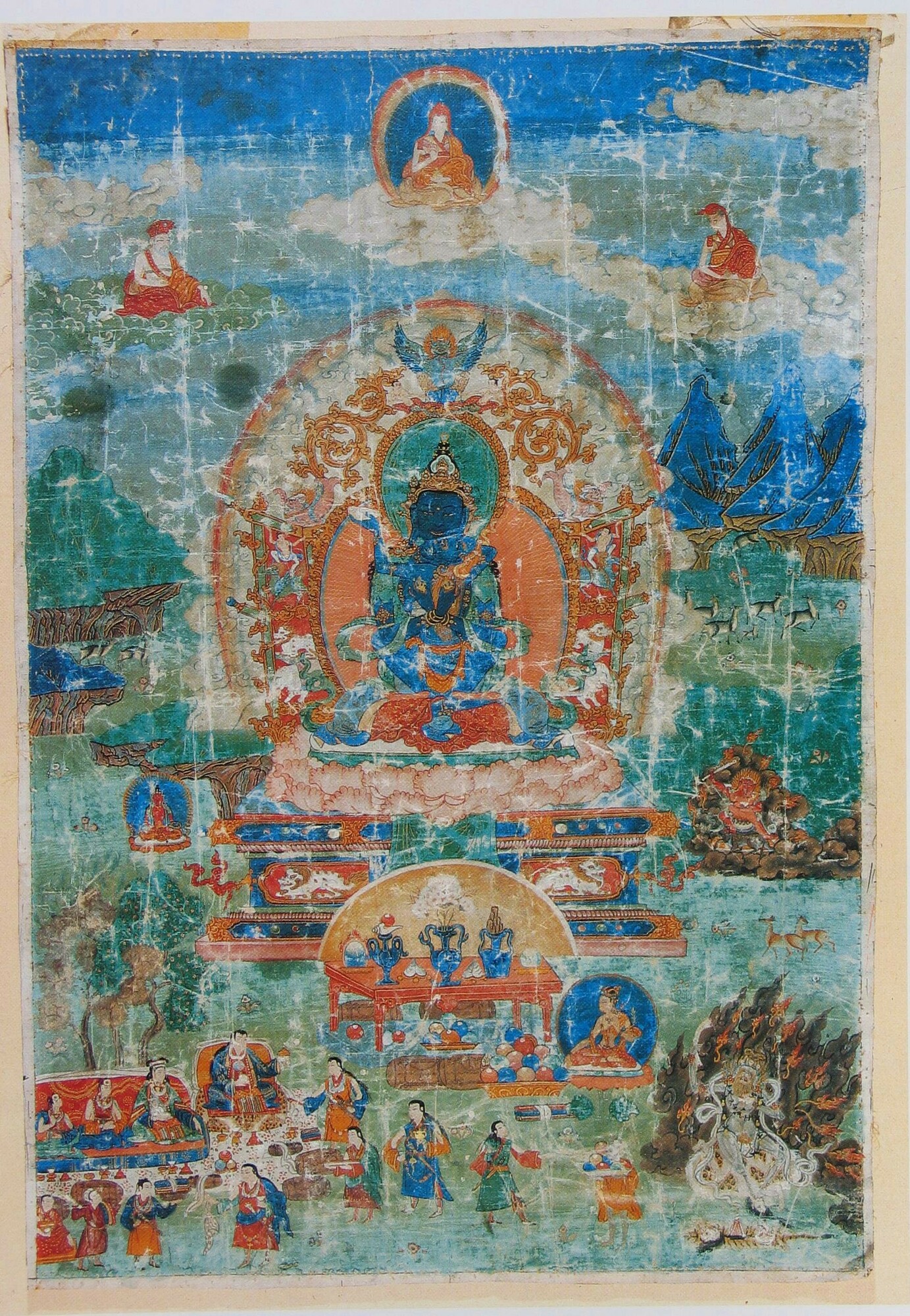
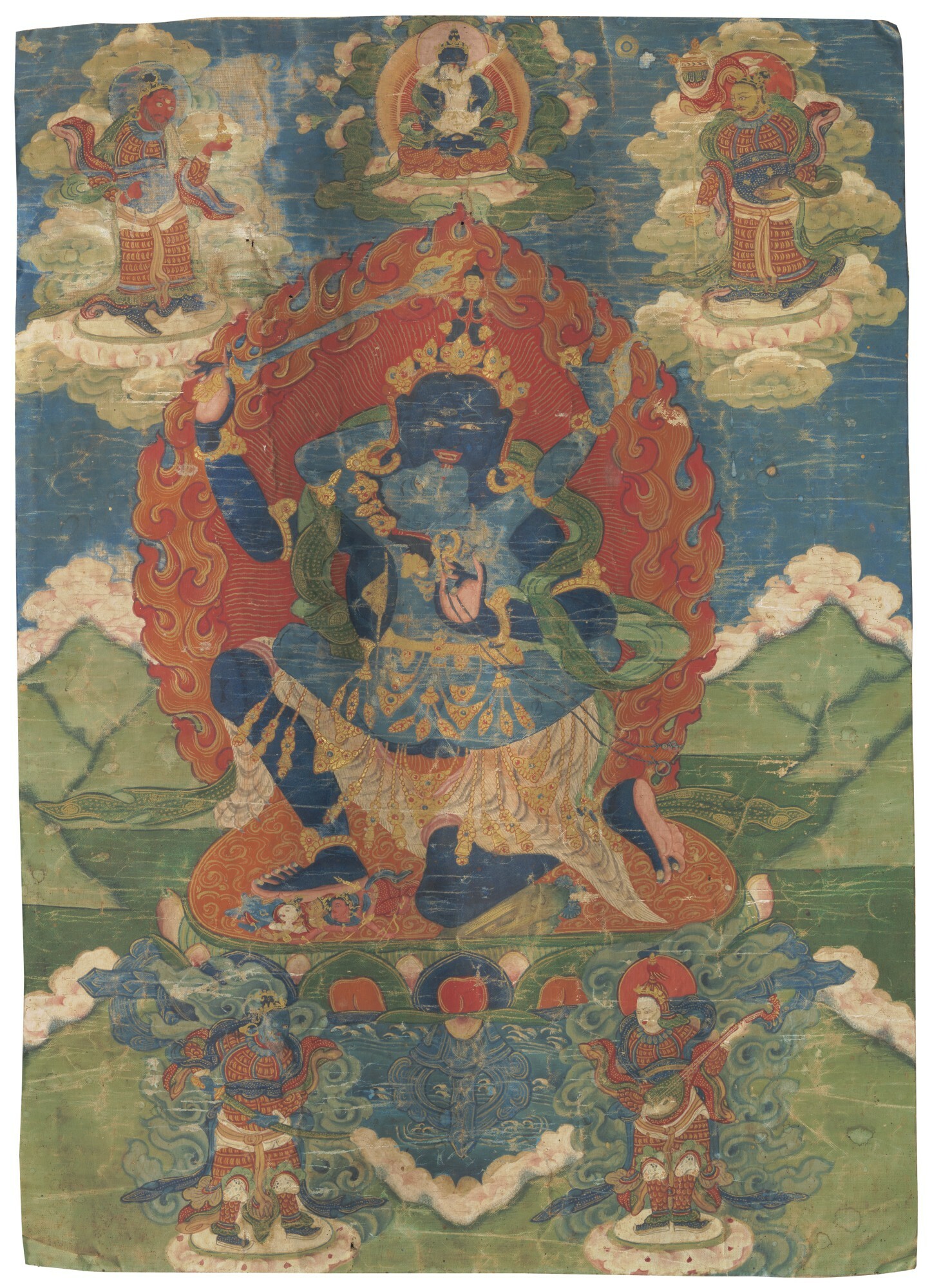


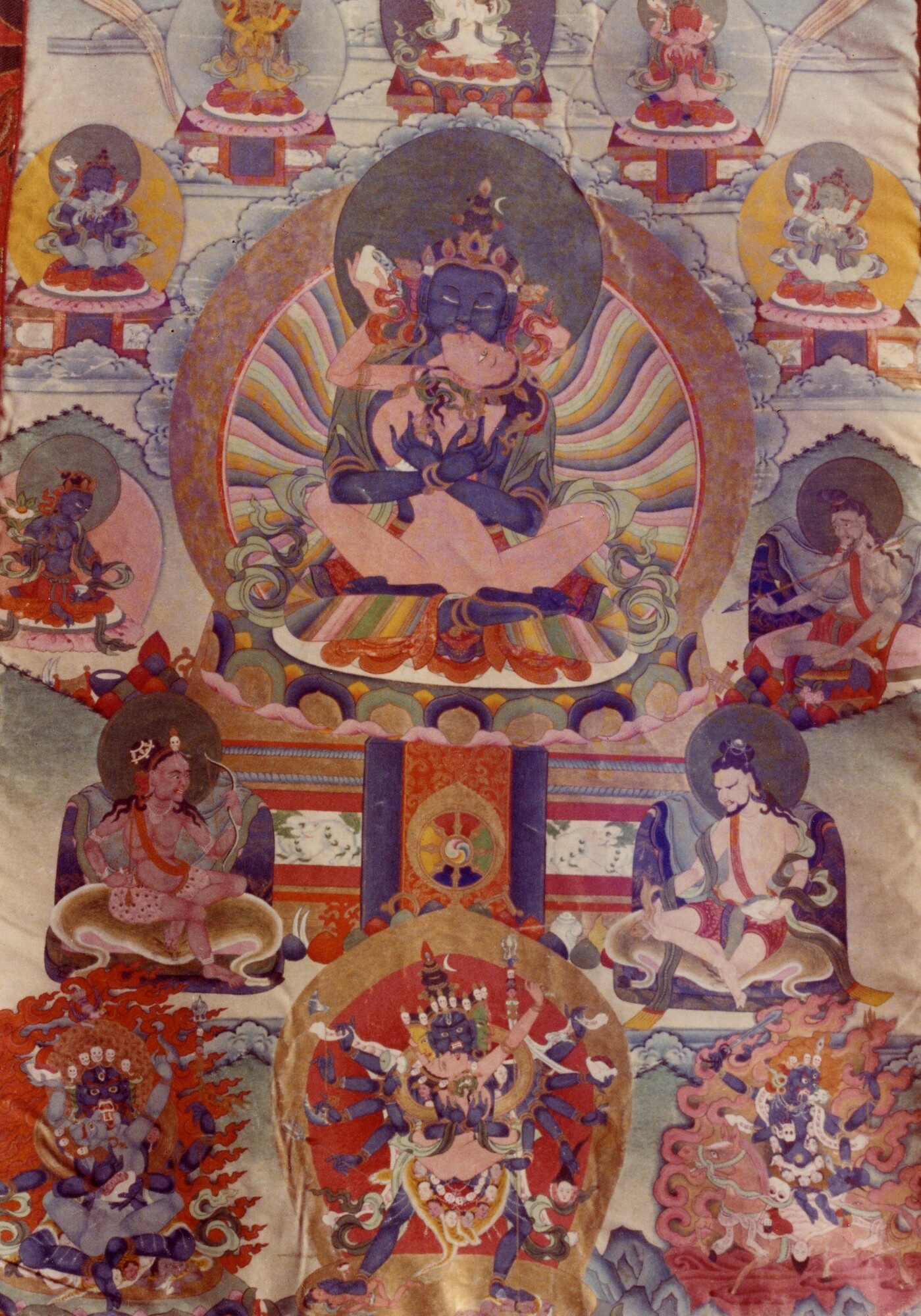
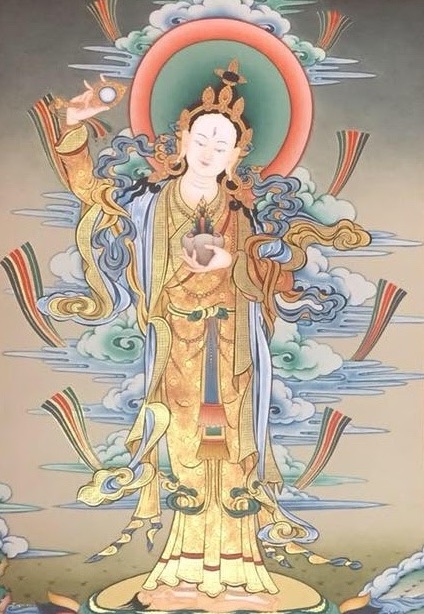
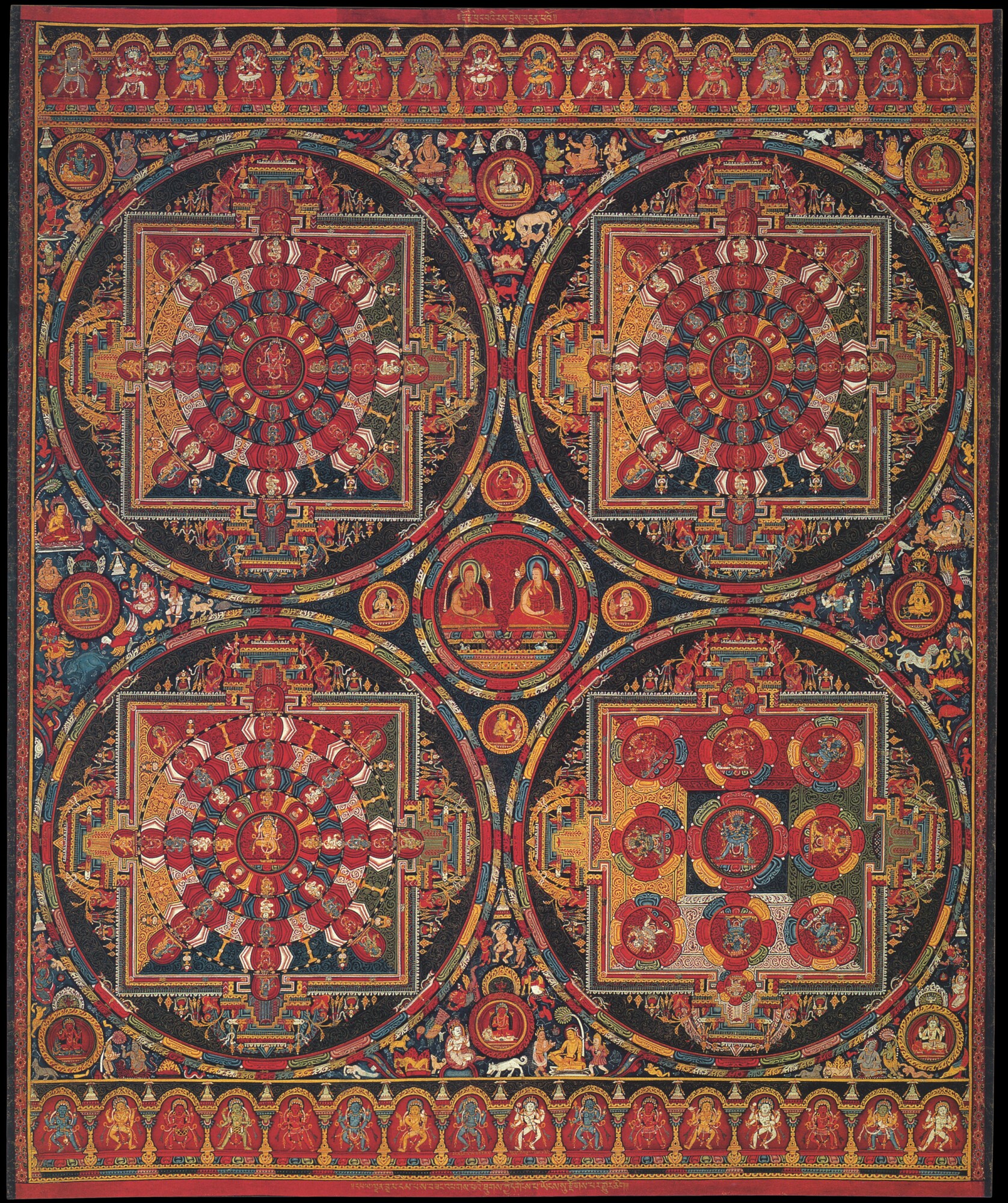
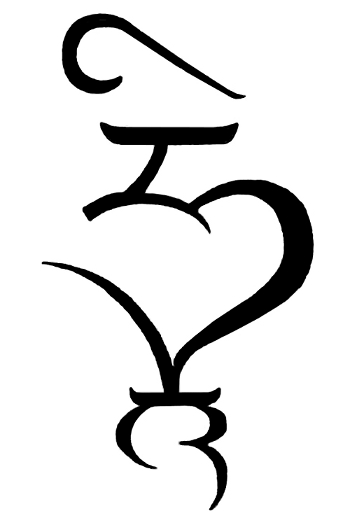

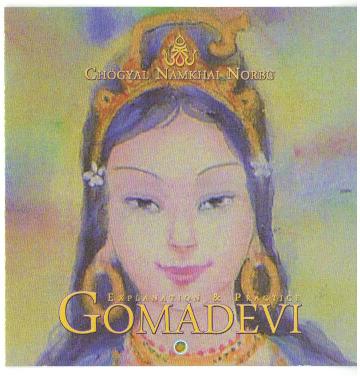


Bookmarks